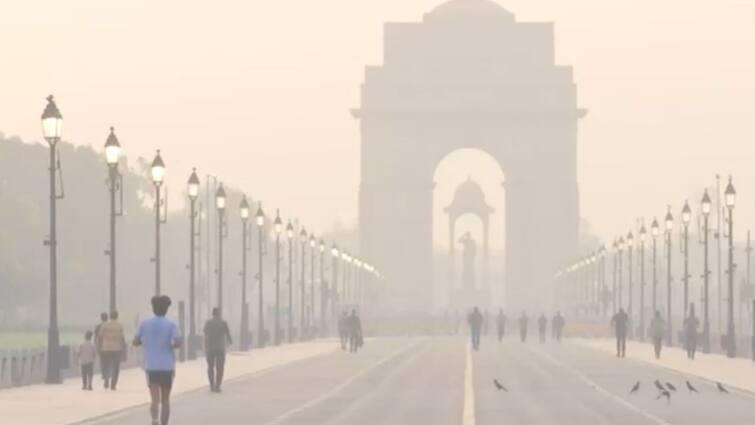
Title: Delhi’s Air Quality Slips to ‘Very Poor’ Category
As the city of Delhi continues to grapple with the issue of air pollution, the air quality has taken a turn for the worse. According to the Central Pollution Control Board, the air quality of Delhi on Friday slipped to the ‘very poor’ category with an Air Quality Index (AQI) of 301 at 7 am.
This is a significant deterioration from Thursday’s AQI of 236 at 7 am, which was already in the ‘poor’ category. The AQI is a measure of the concentration of pollutants in the air and is used to indicate the level of air pollution.
The air quality in Delhi has been consistently poor in recent years, with high levels of particulate matter (PM2.5) and nitrogen dioxide (NO2) in the air. PM2.5 is particularly hazardous as it can penetrate deep into the lungs and cause serious health problems.
The areas with the worst air quality in Delhi on Friday were Alipur, Anand Vihar, Dwarka Sector 8, Dilshad Garden, and Jahangirpuri, which recorded AQIs of 342, 352, 339, 327, and 345 respectively. These areas are some of the most populous in the city and are home to millions of people who are at risk of serious health problems due to the poor air quality.
The cause of the poor air quality in Delhi is complex and multifaceted. It is primarily due to the high levels of pollution from vehicles, industrial activities, and construction sites. The city’s rapid growth and development have led to an increase in the number of vehicles on the road, which has significantly contributed to the poor air quality.
In addition, the burning of waste and agricultural waste during the winter months has also been identified as a major contributor to the poor air quality in Delhi. The city’s location in a valley also makes it prone to air pollution, as the cold air that settles in the valley traps pollutants and prevents them from dispersing.
The Delhi government has taken several steps to improve the air quality in the city, including the introduction of a odd-even car rationing scheme and the implementation of a policy to reduce the number of vehicles on the road. However, more needs to be done to address the root causes of the poor air quality in Delhi.
In conclusion, the air quality in Delhi has slipped to the ‘very poor’ category, with an AQI of 301 at 7 am. This is a significant deterioration from Thursday’s AQI of 236 at 7 am and is a major cause for concern. The areas with the worst air quality in Delhi were Alipur, Anand Vihar, Dwarka Sector 8, Dilshad Garden, and Jahangirpuri, which recorded AQIs of 342, 352, 339, 327, and 345 respectively.
The causes of the poor air quality in Delhi are complex and multifaceted, but the primary causes are the high levels of pollution from vehicles, industrial activities, and construction sites. The Delhi government has taken several steps to improve the air quality in the city, but more needs to be done to address the root causes of the poor air quality in Delhi.
Sources:






